Roadside Pollinator Program
For over a decade, Columbia has used native plants as infrastructure in landscaping, rain gardens, natural areas, golf courses and along streets. In 2019, the Public Works department, in collaboration with the Office of Sustainability, initiated the Roadside Pollinator Program (RPP). The RPP converts areas with mowed turfgrass alongside streets and in medians and roundabouts to native prairie vegetation.
Thirty years ago, monarch butterflies could easily be seen fluttering through Stephens Lake Park, or any Columbia neighborhood. These days, fewer and fewer monarch butterflies are flying around Columbia. In 2013, winter monarch population estimates showed a 90% decrease in their overall population. This decline in the monarch population mirrors the decline of other prairie-dependent insects and songbirds.
Many of these prairie-dependent insects and songbirds are considered pollinators, fertilizing plants through pollen transfer while feeding. Without them, 88% of the world’s plants would not be able to reproduce (Ollerton 2011). Approximately one-third of our food is pollinated by a bee, butterfly, mammal or bird, contributing $235 to $537 billion in food production to the global economy (Food and Agriculture Organization of the United Nations (FAO) 2016). Similar to the monarch butterfly, more than 40% of the world’s insect pollinators are facing extinction (FAO 2016).
The City of Columbia is taking action to curb the decline of pollinators and other wildlife through education and outreach, habitat restoration, and policy. In November 2016, City Council signed the National Wildlife Federation’s Mayors’ Monarch Pledge that states that the City of Columbia will take action to educate the public on monarch decline and restore native habitat to support the monarch butterfly and other pollinators.
The Roadside Pollinator Program honors the Mayor’s Monarch Pledge by restoring pollinator habitat along City of Columbia roadsides.
Sites were selected by the streets division and the City’s Community Conservationist. Site selection was based on habitat potential (including location and size), proximity to infrastructure, the safety of pedestrians, motorcyclists, bicyclists and motor vehicle drivers. Additional considerations include the timing of planned construction and road work and neighborhood aesthetics. The first phase of the program will convert selected roadsides, medians and roundabouts on Scott Boulevard, North Providence Road, South Providence Road, Rangeline Street and Discovery Parkway.
If you would like to request an agreement regarding the maintenance of public right-of-way, please complete the Landscape Maintenance Agreement Request form below. Following your request, a City staff member will contact you to begin the agreement process.



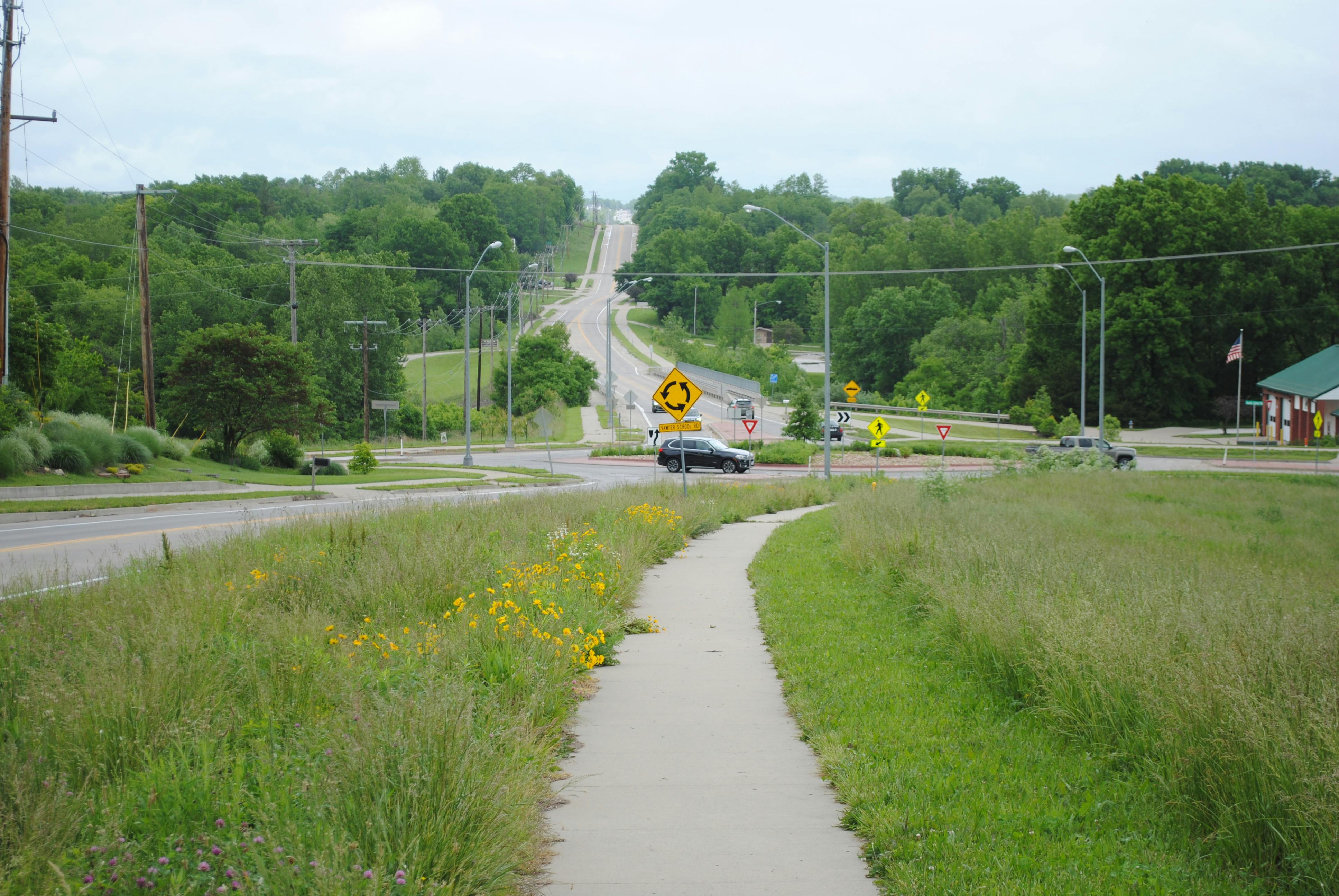
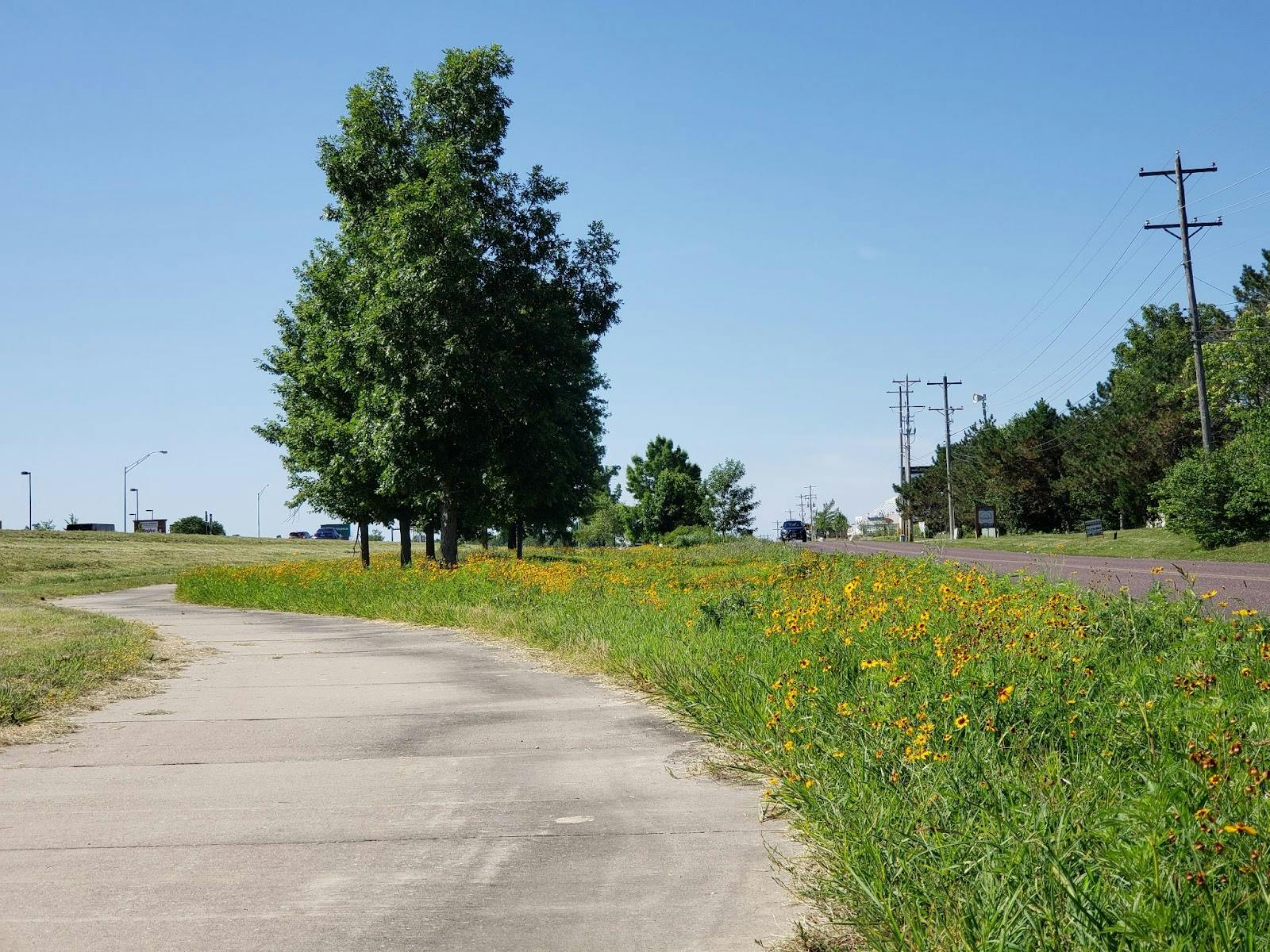

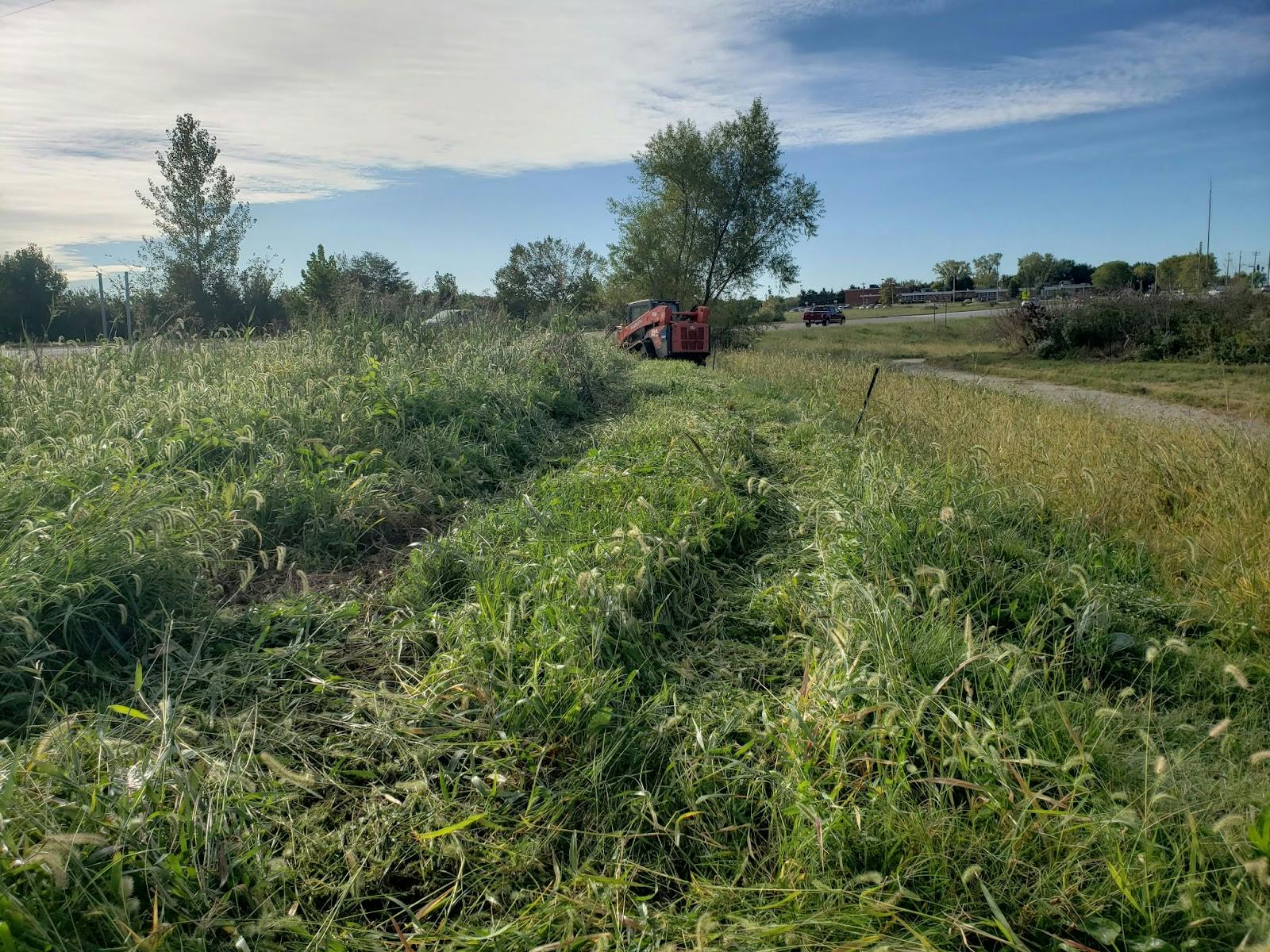

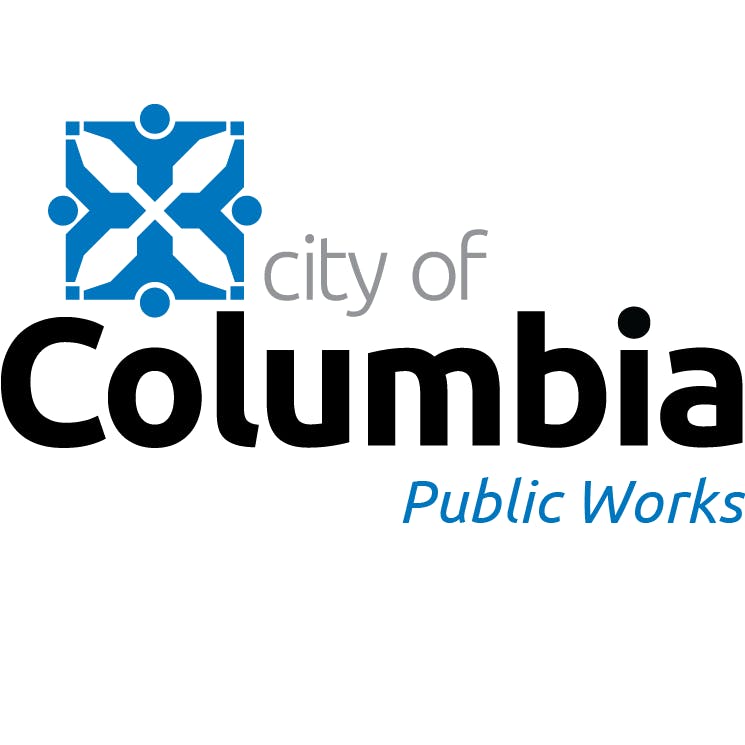
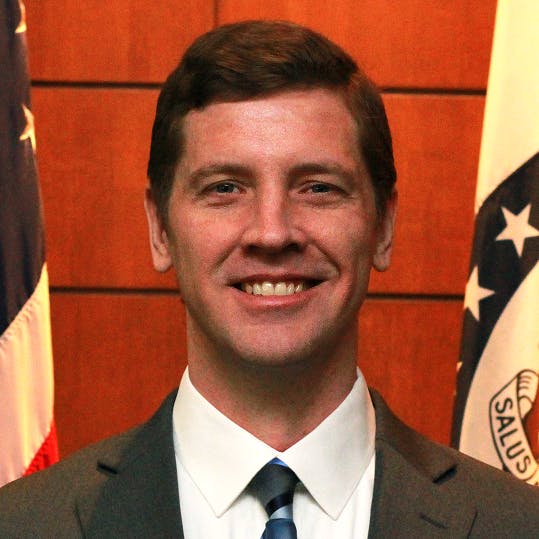
Better to conserve species today than to regret losing them tomorrow. This program costs little and saves more. Do more of it, please.
I drove around the roundabout at KK in front of Beulah Ralph Elementary and a daycare. What an unsightly mess! It is an adopted spot again using the excuse of pollinators. It is tall messy weeds. If a person adopts a spot and does not take care of it they need to be removed and have someone else care for it! In all directions you pass by nice neighborhoods and homes. This is an area of also having land and open areas so no need to have another spot not being mowed and taken care of. You have people make comments but unknown if anyone reviews them and no updates are given to see that in the future it will be addressed. Again why can’t school groups as a project learn to care for these areas.
I previously commented on the no mow zones and roundabouts in Columbia. Now they have sprayed killing pretty much everything so it is brown and unsightly. Would it not look better to actually mow if you were going to do that? The roundabout in front of Millcreek Elementary they dumped mulched on top of grass and weeds. What purpose does this serve? It should have been tilled up, a weed barrier put down, flowers or plants put in, then spread mulch. Because this was done now weeds and grass still grow but can’t be mowed! This is in front of a school! I had mentioned before to ask for school groups or clubs volunteer to maintain. What the city does is to make it harder to maintain! Please make sure those that adopt areas actually take care of them! The one at the end of Old Millcreek Road is beautiful! We need more that look like that! The areas you think need pollinators are near open land so no need for it to run down the median just an excuse not wanting to mow them.
This is a great program to try and offset the vast amount of land that has been converted to lawn in Columbia and bring back more native plants where possible! As a cyclist and runner, I much prefer running/cycling along native plants to boring grass. Wish people didn't throw trash out of their cars so much, unfortunately the city cannot control that.
I have the same question about the large strips of area along Scott Blvd. that have obviously been sought out and sprayed with some sort of strong herbicides. Just curious what the plan is after killing literally everything?
Why are large stretches on Scott Blvd, south of Vawter School, browned out, with nothing growing?
This would be a great idea if we were LosAngeles, Chicago, New York City but the fact is that, believe it or not, Columbia, Missouri is a rural city. One can drive less than five miles and be in the country. Wildlife proliferates here. It is a ludicrous excuse to use a “pollinator corridor” in a rural community where pollinator plants are literally everywhere. It seems to be an excuse to save dollars using the environment as the excuse. It is a joke (not a good one). Shame on you. Keep things tidy the way you are supposed to do and quit looking for ways to shirk your responsibility to the citizens who are paying your salary.
These pollinator habitats are fine for the parks and sides of the road. However many of these are done on the median of busy roads impairing drivers vision and that’s dangerous. Our city needs to care a little more about their citizens and the way the city looks to visitors. There is trash all over grass on the incoming highways and the pollinator habitats in the medians look super trashy. You can’t tell me Scott Blvd driver safety was taken into consideration when adding pollinator habitat to that median. It’s clearly because the city didn’t want to pay to have it mowed. You should have filled it with concrete then. There are no flowers or butterflies, bees in these “habitats” that I see. Just brush and trash. And if there was butterflies they would be hit by the cars driving 50 mph on Scott Blvd.
The thoughts are fine, but the problem is the trash that collects there. It needs to be kept clean if you aren't going to cut it.
These make our city look trashy and foolish. And they do absolutely nothing beneficial in our city. Insanity
The City has forgotten that roads are to get vehicles and other modes to transportation (bikes) from point A to point B. When vision is obstructed due to weeds (call them pollinators if you want), it puts transportation’s passengers in danger. In addition, medians on road like Chapel Hill west of Scott Boulevard have major issues when there is a accident, snow/ice, etc. there is only one lane and a median which makes it impossible to go around people who may have a stalled car.
The pollinator project on the corner of Waco and Route B needs either cut down, or moved away from the intersection. When turning onto Route B southwest bound from Waco (the part on the west side of that intersection, by the CPS building.) You have a humongous blind spot trying to merge into that intersection. The people that live out that way have to risk this everyday driving to work. I'm not against the pollinator project, but this is an unsafe area to do so. Can we please please have that cut back so that we don't have to worry about being struck by the traffic coming in from the Hallsville/Centralia areas everyday. Thanks!
I love the pollinator project. Sorry some people don’t understand the difference between weeds and native plants.
What looks bad is the invasive honeysuckle and teasel that is out of control along the highways and state roads within the city limits.
I love this program! I hope it expands.
This looks awful and there is nothing in place to measure success. Please mow and maintain the medians.
I love this idea for the city yet the program description doesn't mention anything about measuring the success of this program. Though the program’s intent is about improving Carbon Sequestration, reducing City Maintenance costs and stormwater runoff mitigation, how do we know if the selected pollinator areas are successful? What data determines this program successful? Can selected areas be changed or moved?
Might the city take some control over the vegetation's height specifically in the median along Scott Blvd? Many comments state that the vegetation (in medians) is hindering their sight of this roadway, which shouldn’t be discounted as a road safety concern. Might the city rethink Scott Blvd medians as Pollinator zones and leave the sides of Scott Blvd as they are, and still have a successful program?
Removed by moderator.
All this does is look like we can't maintain the property. It looks awful.
Personally I think the medians look horrible and I’ve heard comments from friends saying the same. They look like weeds and make it difficult to see on Rangeline and Scott. Please start mowing.
This creates more problems than it solves. Fire hazards, vermin concerns, driver visibility (safety) concerns. Also need to apply to residential homes. End the madness.